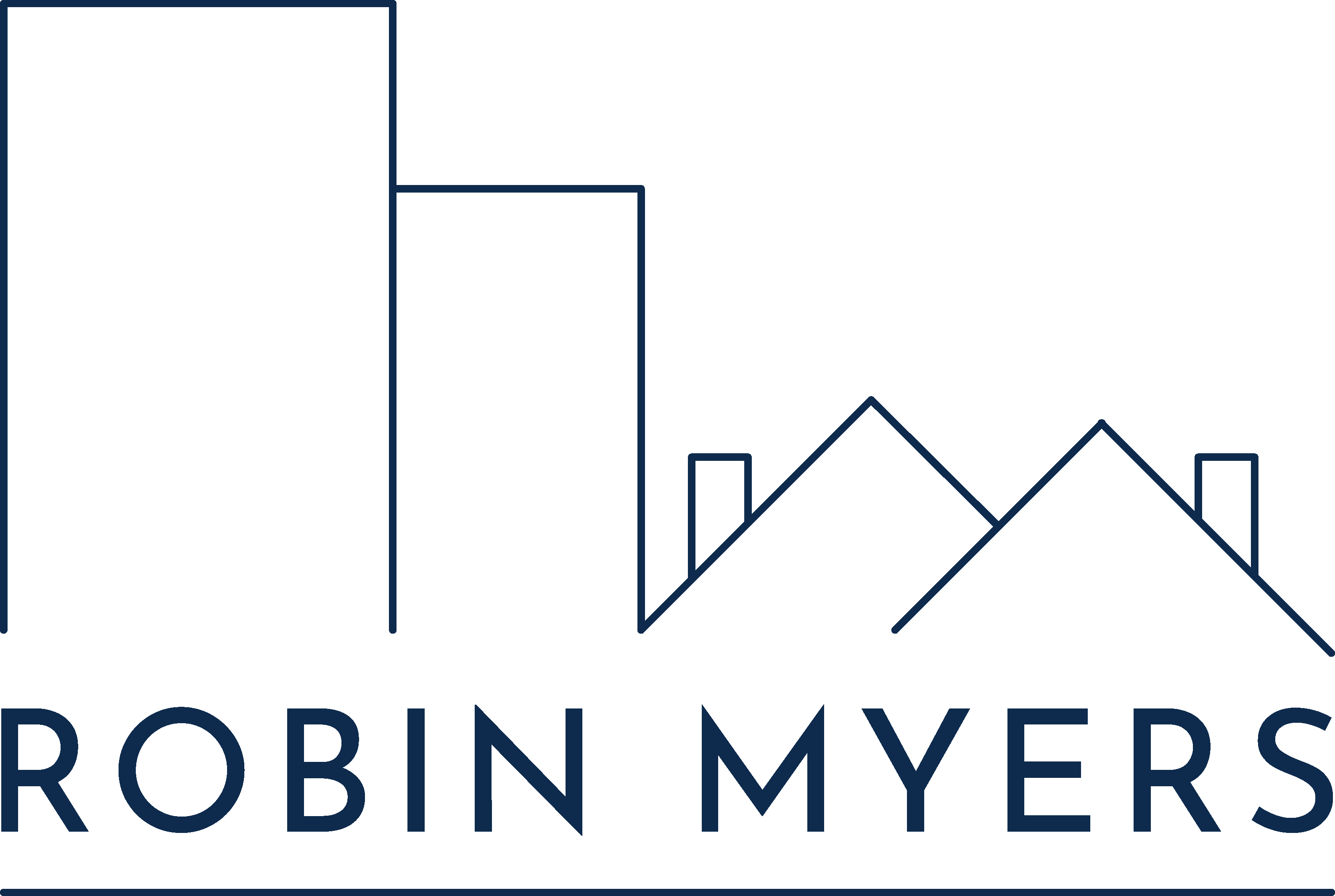Condominiums are an important part of the housing market, especially for first time buyers. Often buyers have the income and credit score needed to purchase a home but lack a substantial down payment which can make entering the housing market prohibitive.
In an effort to promote affordable homeownership for credit worthy buyers, the Federal Housing Administration (FHA) has issued new guidelines that make FHA condo financing an easier, more streamline process. Once a huge part of the first time buyer market, FHA’s strict guidelines made financing a condo difficult, at best. FHA updated its condominium financing rules, effective October 15th, which will loosen requirements for financing condos.
- Low Down Payment Still Available. Buyers can still purchase a home with as little as a 3.5% down payment.
- FHA Loan Limit. In King County the maximum FHA loan amount is $726,525.
- Single Unit Approvals (“spot loans”) Return. If a condo community wasn’t on the approved FHA list, it was difficult, at best, to obtain FHA financing. New guidelines now make it easier for an individual unit to be approved for FHA “spot loan” financing in a community that doesn’t have current FHA approval.
- FHA Certification and Recertification. Many condo communities have applied for and maintained their FHA certification. Having FHA certification makes a community more desirable to buyers and FHA financing much easier. The FHA condo certification now lasts 3 years vs. 2 and the recertification process has been streamlined.
- Owner/Occupancy Requirements Eased. FHA now requires a condo community be just 50% owner occupied.
- Commercial/Non-residential Space. The amount of permitted non-residential space (retail, commercial, parking, etc.) has been increased from 25% to 35%
These updated FHA loan guidelines will now allow thousands more condominium units to qualify for FHA financing, opening homeownership opportunities to many more qualified buyers. Opening the window to homeownership will encourage more owners to buy and occupy homes resulting in fewer investor owned/rented units, higher owner occupancy levels and stronger communities.

 Facebook
Facebook
 X
X
 Pinterest
Pinterest
 Copy Link
Copy Link



